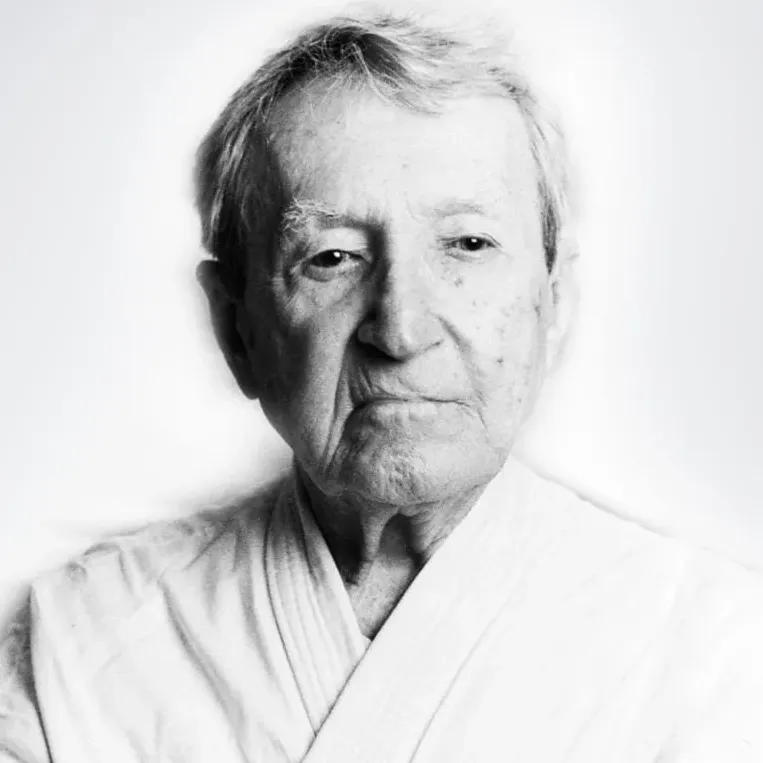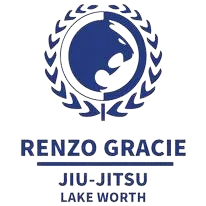A Brief History of Brazilian Jiu-Jitsu
In the last days of the 19th century, some Jiu-Jitsu masters emigrated from Japan to other continents, teaching the martial arts as well as taking part in fights and competitions. Mitsuyo Maeda was one such master. Maeda arrived in Brazil in 1915, and settled in Belem do Para, where he met a man named Gastao Gracie. The father of eight children, among them five boys and three girls, Gastao became a Jiu-Jitsu enthusiast and brought his oldest son, Carlos, to learn from the Japanese master. For a naturally frail fifteen-year old Carlos Gracie, Jiu-Jitsu became a method not simply for fighting, but for personal improvement. At nineteen, he moved to Rio de Janeiro with his family and began teaching and fighting. In his travels, Carlos would teach classes, and also proved the efficiency of the art by beating opponents who were physically stronger. In 1925, he returned to Rio and opened the first school, known as the “Academia Gracie de Jiu-Jitsu.” Jiu-Jitsu promotes the concept that a smaller, weaker person can successfully defend against a bigger, stronger assailant by using leverage and proper technique.
Brazilian Jiu-Jitsu (BJJ) is a grappling-based martial art whose central theme is the skill of controlling a resisting opponent in ways that force him to submit. Due to the fact that control is generally easier on the ground than in a standing position, much of the technique of Brazilian Jiu-Jitsu (BJJ) is centered around the skill of taking an opponent down to the ground and wrestling for dominant control positions from where the opponent can be rendered harmless. To control and overcome greater size, strength, and aggression with lesser size and strength is the keynote of the sport. This is done by utilizing superior leverage, grip, and position upon your opponent. Students of the sport gain a deep understanding of the workings and limits of the human body.This knowledge can be used to subdue and control an opponent with whatever level of severity the student chooses. The path to this knowledge is physically and mentally demanding. Students benefit from greatly increased physical fitness, problem-solving ability, self-knowledge of their body and mind and the many social benefits of working within a large group of like-minded fellow students as you learn and have fun together.
Many students first learn about Jiu-Jitsu through the great popularity of mixed martial arts (MMA) competition, where Brazilian Jiu-Jitsu technique is very prominent. Indeed, the beginnings of the contemporary MMA competition were largely tied up with proving the combat-efficiency of Brazilian Jiu-Jitsu. The practice of Brazilian Jiu-Jitsu as a sport, however, is strongly separated from MMA. Daily classes do not feature kicking or punching. The focus is on a safe grappling technique that can be done on a daily basis with no more fear of injury than any other contact sport. While there is a professional MMA team at the Renzo Gracie Academy, the great majority of students study only the grappling sport and find that this is the most enjoyable and satisfying route to take.

Copyright © 2023 Renzo Gracie Jiu-Jitsu Academy Of Weston - All Rights Reserved.





